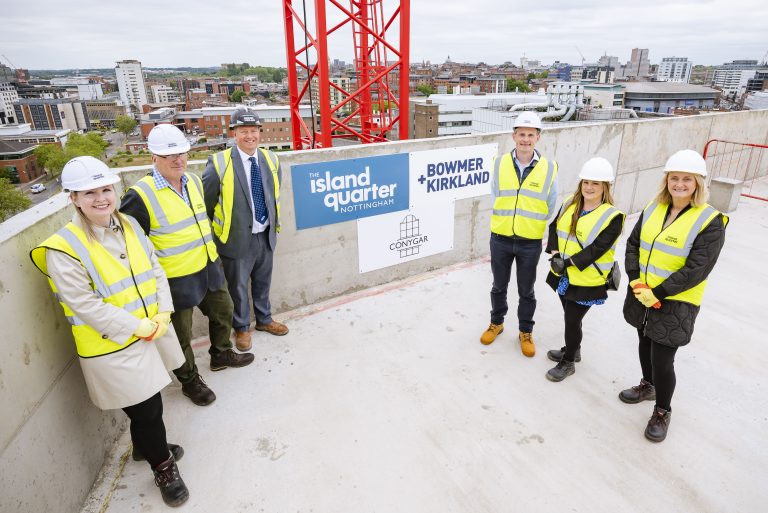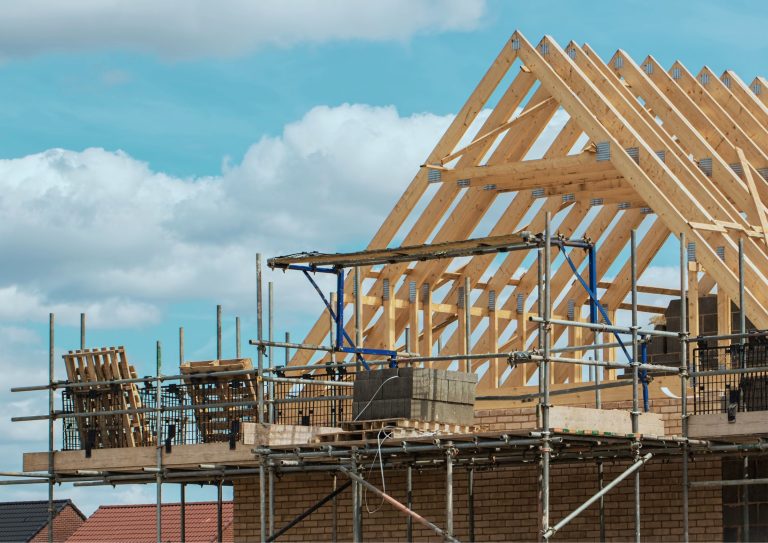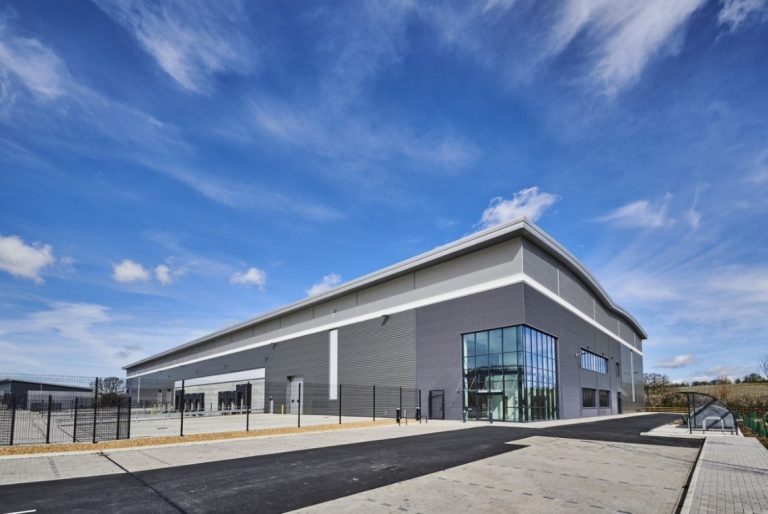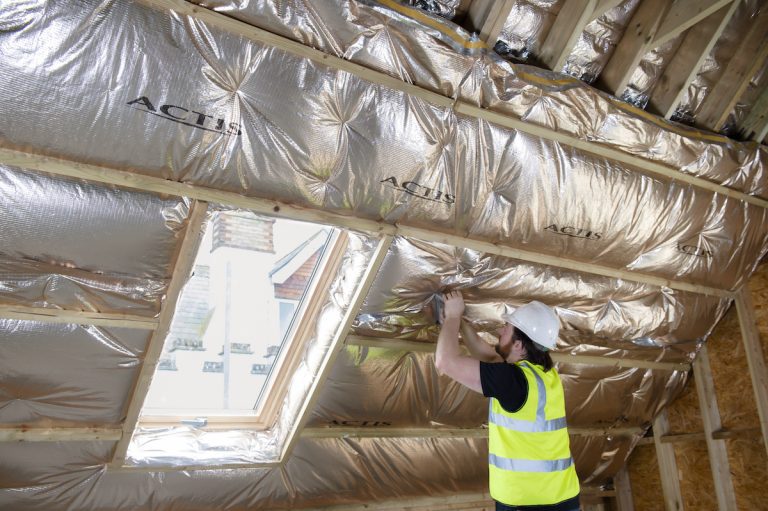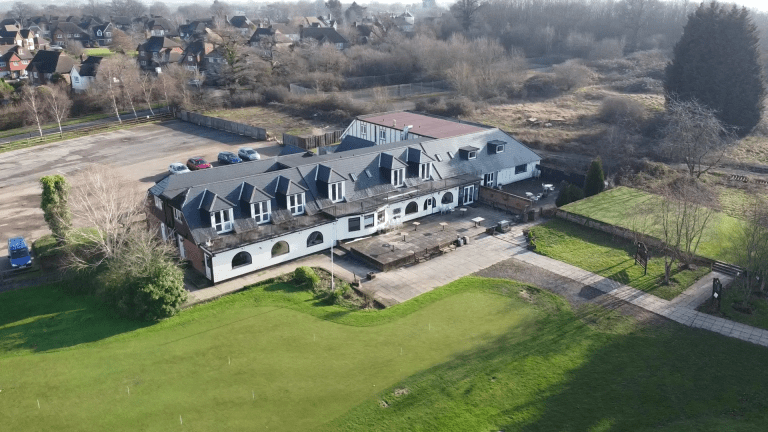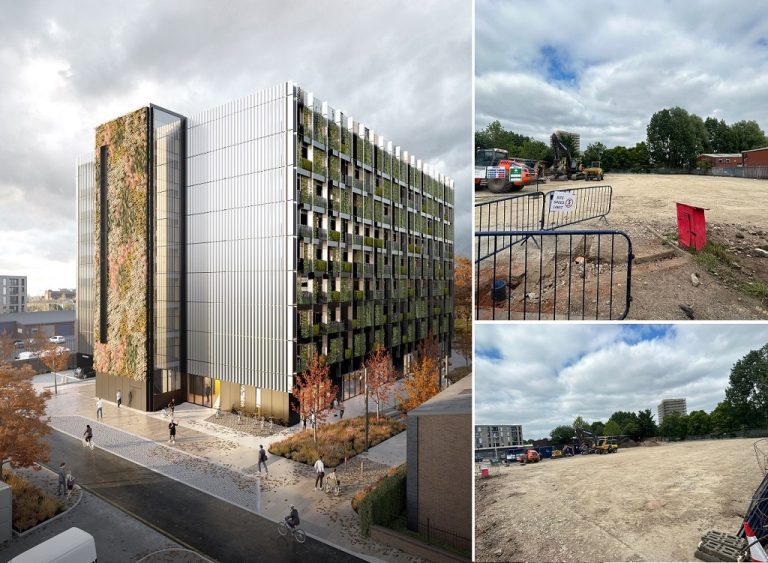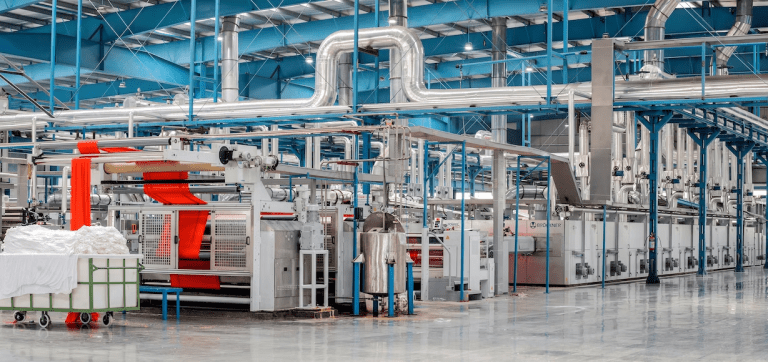Signify’s Nico van der Merwe explains how energy efficiency measures such as the retrofitting of smart LEDs can provide green impacts across society in combination with the switch to renewable energy. The IPCC Climate Change 2023 report has offered the world a stark reminder of what is at stake if we fail to take urgent climate action – the trick is how. In consecutive COP meetings, we have yet to see the necessary leap forward in progress that will keep global warming within the science-based 1.5ºC target. At COP27, the time had come for global powers to produce a workplan based on the Paris Agreement that would account for climate mitigation, emissions reduction, adaptation, and financing. Instead, the conference concluded with talk of phasing down rather than phasing out coal, and little mention of oil and gas. The transition to green energy and green economy can take root in our cities. The time has come to focus on solutions and action rather than problems and potential. In Egypt, Signify had a clear message to bring one of those solutions into sharp focus: energy efficiency now. Energy efficiency has clear and tangible benefits and there is one area in which cities can take quick action to reduce both emissions and costs – lighting. Whether it be lighting up the homes, city streets, offices, factories or other commercial and municipal buildings, lighting has huge potential to lower a city’s carbon footprint and to do so quickly. The path to energy efficiency Approximately 35 per cent of the world’s lighting points are still conventional. In Europe and the US, which lag behind much of Asia in the switch to greener lighting, this figure is even higher at 50 per cent. What it also demonstrates, though, is the huge potential for transition in the coming years. If we apply the 10/20/70 model, where 10 per cent of our efforts are inspiration, 20 per cent aspiration, and 70 per cent perspiration, the time has come to give full focus to perspiration and getting the job done. At COP27, a financing agreement for climate loss and damage was agreed but without an increase in the speed and urgency of climate action, the loss and damage suffered will be beyond what anybody can afford. With the adoption of technology such as smart LED lighting, cities are not only taking immediate action to improve the quality of their environment, they are becoming more economical for the future in terms of the social, financial and ecological benefits they’re providing. For example, World Council on City Data shows LED implementation can reduce night-time traffic incidents by about 30 per cent, and reduce street crime by 20 per cent. Business models for technology suppliers into cities also need to shift, from invoicing for hardware to leasing hardware and services and taking away much, if not all, of the upfront costs that can prove prohibitive to green lighting projects. Lighting-as-a-service, for example, brings forward lifetime benefits that are divided over a certain number of years through a service agreement, reducing the need for big upfront capital investment and budget requirements. These service agreements illustrate that it’s as important that the business model is sustainable for the long term as the product is. With the EU’s Green Deal, the UK’s ten-point plan and other equivalent funds around the world emerging, there is a lot of focus currently on what I’d call “the supply side” – the supply side of the energy mix, where there are calls for alternative gas, the scaling of renewables, and even nuclear and hydrogen (though it will take longer to come to fruition). This is important for heavy industry, where we need energy-intensive sectors to keep investing in the markets they’re in, rather than move out to geographies where fossil fuels are cheaper. I believe there must be more focus on the demand side itself where the potential for quicker acceleration on efficiency exists. Importantly, the demand side industries provide both active and passive energy efficiency technologies and solutions. Those like Signify in lighting or building management sensor companies are facilitating the green transition with active digital technologies that will help us finally make the shift away from fossil fuel. They are also the drivers of economic growth and the green economy. But as well as the digital solutions, it is important to recognise the part played by the demand-side industries in the more passive parts of the efficiency process such as insulation and triple-glazing. These will similarly drive growth and provide many jobs for the future, particularly around retrofitting. Why start with lighting In Europe, 50 per cent of the current install base is still conventional lighting technology across places like offices, schools and warehouses. That provides a huge opportunity to improve energy efficiency through lighting networks – an improvement that can be made both quickly unobtrusively because it doesn’t require the breaking open of existing infrastructure to any great degree. Smart LED lighting has the highest relative cost saving of any replacement technology. In Europe, this amounts to a saving of 65 billion euros depending on energy rates, and also brings the potential to reduce CO2 emissions by 51 million tonnes. Meanwhile, switching all the light points in the UK alone, could reduce CO2 emissions by 3.9 million tonnes, the amount of emissions that 175 million trees could sequester in a year. Making the switch would also generate electricity savings of 16.1 TWh, which is equivalent to the annual electricity consumption of more than 4.3 million households. In both cases, those savings bring the potential to bolster capacity in energy networks for other purposes. Cities are facing pressure to electrify public services and amenities, such as transport and heating, as part of their climate action push. The average electricity consumption for a European household is approximately 3,400kW/h – roughly the same amount of electricity it would take to charge an electric vehicle to travel 10,000 miles in the course of a year. By transitioning to LED lighting
